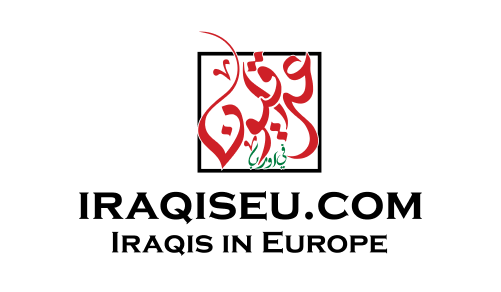
Talib Saadoun
To receive more news, subscribe to our channel on Telegram
In the era of advanced technology, including the Internet and artificial intelligence, the mission of education has developed and departed from the traditional framework, which it had been following since the founding of the first school that followed the Kuttab stage.
The rapid growth of societies due to technological development has imposed other new specifications for education in all its stages to move from the traditional academic framework to the modern framework, where the mission of schools and universities is no longer just the book, despite its importance, but innovation, development, and communication with society through its various institutions, including the private sector with all its activities. ..
Access to information has become easy and accessible for everyone through the Internet. It is an open global school and contains more information than higher levels of study. The book has become one primary source, while the Internet includes many sources with different viewpoints and applications.
Therefore, memorization alone is no longer sufficient to graduate a student with the specifications of the times and the rapidly developing world.
This development imposes on schools to be centers of creativity and innovation in a way that qualifies the student to the university, whose mission has also developed, to be a leader in society and to work in institutions, each according to its production sector, and thus contribute to preparing the student and providing an appropriate scientific climate, to discover his talents and apply what he learned in school. The university will provide job opportunities for him in the future, thus contributing to the scientific, cultural, economic and developmental excellence of the country in general. The Internet has also imposed on the teacher at all educational levels to have specifications that keep pace with the times and rapid growth as well, because the student today is not satisfied with the information found in the book, but rather develops it by what he looks at on the Internet through his personal computer at home and asks his teacher about any information or study related to it. With its subject.
Education with these specifications qualifies advanced universities to enter into partnerships with productive institutions… with governments and private sector industrial, productive and scientific institutions… and thus students will be qualified to work according to the specifications of the times and become successful productive and administrative leaders in the future, through the new scientific environment and the rapid growth of societies…
These curricula can be applied by choosing models from vocational schools and universities with various specializations to link them to society, through various productive institutions and providing them with sufficient computer equipment to implement what the student and professor need and to be a means of communication not only between them for the purposes of education, but also with various specialists and scholars in the world, if not directly. By reviewing their products, research and studies…
Thus, these educational institutions are distinguished in work and application, and not excellence in memorization or as it is called colloquially (in dirkh) only.. Education in all its stages is linked to society, the needs of the country, the era, and rapid growth in the developed world.


